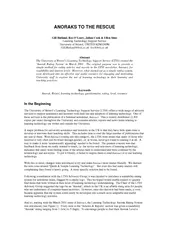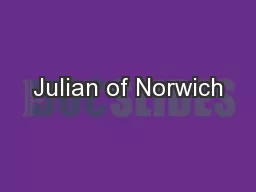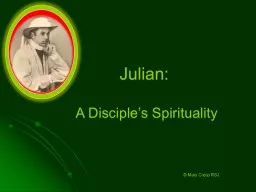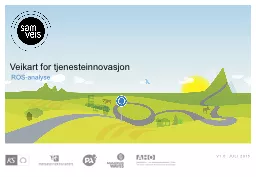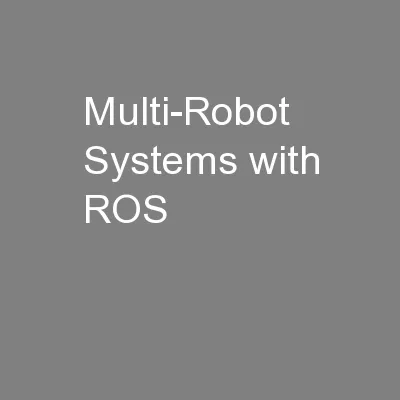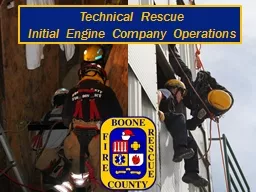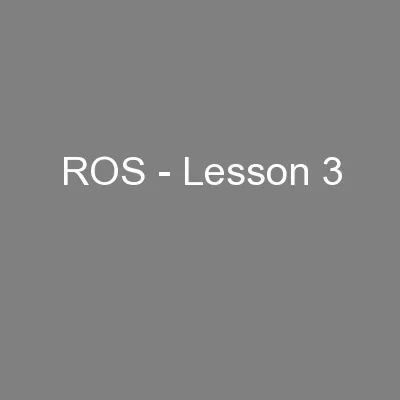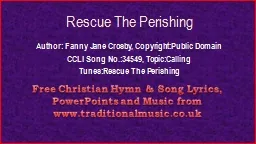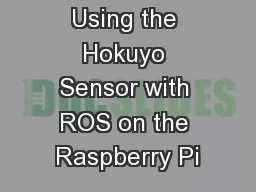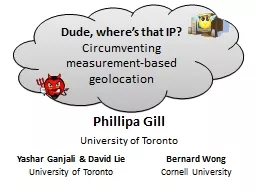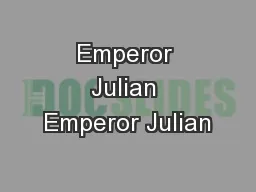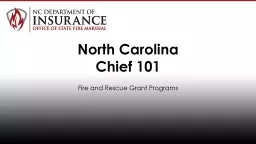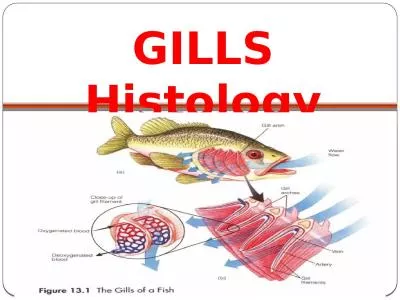PDF-ANORAKS TO THE RESCUE Gill Butland Ros OLeary Julian C
Author : karlyn-bohler | Published Date : 2015-04-29
Butlandbrisacuk ltssbrisacuk Abstract The University of Bristols Learning Technology Support Service LTSS created the Anorak Rating System in March 2001 The original
Presentation Embed Code
Download Presentation
Download Presentation The PPT/PDF document "ANORAKS TO THE RESCUE Gill Butland Ros O..." is the property of its rightful owner. Permission is granted to download and print the materials on this website for personal, non-commercial use only, and to display it on your personal computer provided you do not modify the materials and that you retain all copyright notices contained in the materials. By downloading content from our website, you accept the terms of this agreement.
ANORAKS TO THE RESCUE Gill Butland Ros OLeary Julian C: Transcript
Download Rules Of Document
"ANORAKS TO THE RESCUE Gill Butland Ros OLeary Julian C"The content belongs to its owner. You may download and print it for personal use, without modification, and keep all copyright notices. By downloading, you agree to these terms.
Related Documents

